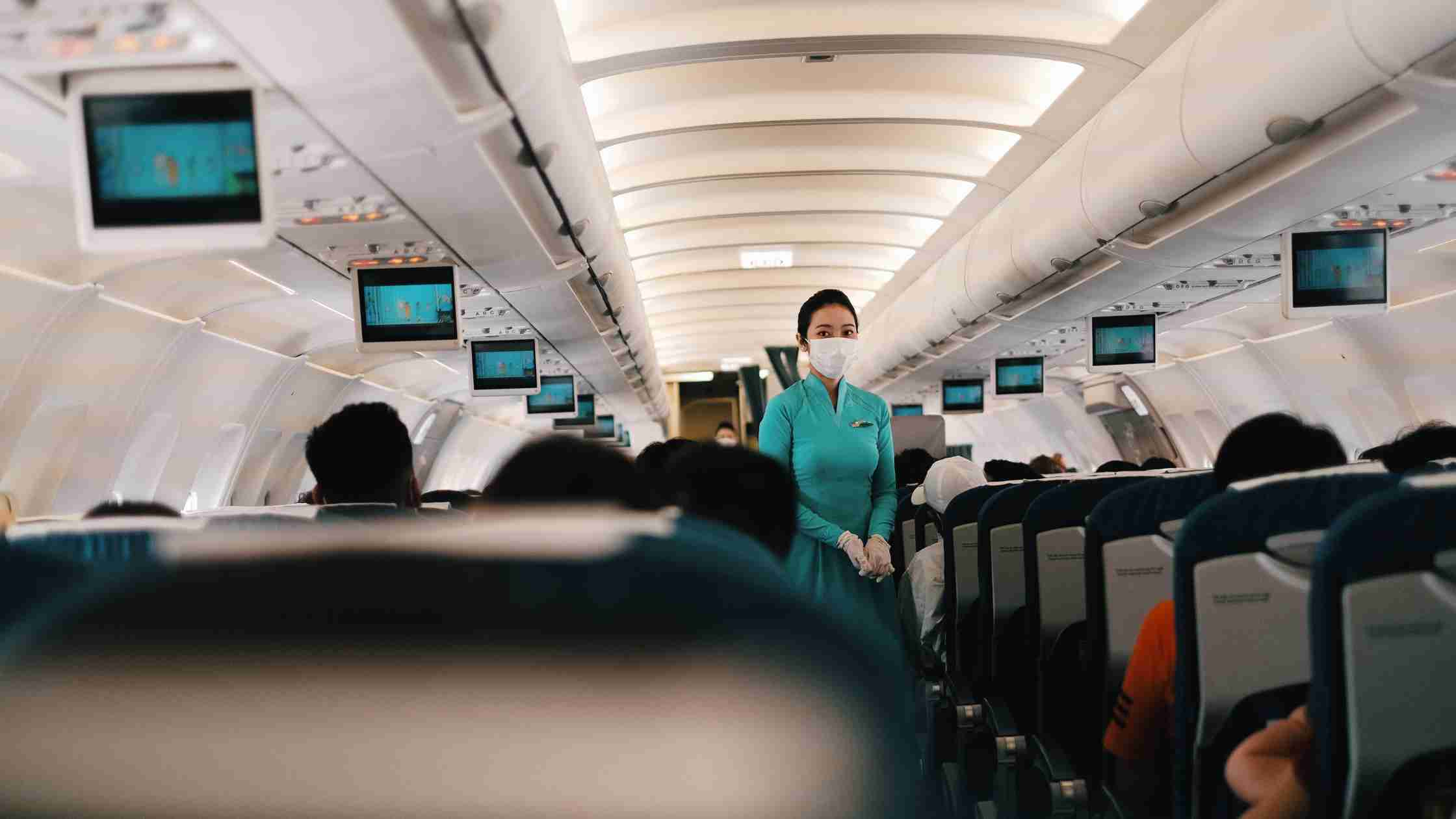Airplane Air: Your Skin's Worst Enemy? Conquer It In-Flight
Picture this: You board a flight looking fresh and radiant, only to emerge hours later with skin that feels like sandpaper and looks like you've aged a decade. Sound familiar? You're not imagining things – airplane cabins are essentially flying deserts that wage war on your skin from takeoff to landing.
The Science Behind Sky-High Skin Sabotage
At 30,000 feet, aircraft cabins maintain humidity levels between 10-20%, which is lower than most deserts. To put this in perspective, your skin thrives in environments with 40-60% humidity. This dramatic difference creates the perfect storm for skin dehydration, leaving you looking and feeling parched.
The recycled air system compounds the problem. While modern HEPA filters do an excellent job removing bacteria and viruses, they also strip away moisture from the already dry cabin air. Add in the pressure changes and reduced oxygen levels, and your skin is fighting an uphill battle against dehydration and inflammation.
The Visible Damage: More Than Just Dryness
The effects of airplane air extend far beyond temporary dryness. Here's what really happens to your skin during flight:
Immediate Effects:
- Tightness and flaking
- Dull, lackluster complexion
- Increased sensitivity and irritation
- Fine lines appearing more pronounced
- Puffy eyes and dark circles
Long-term Consequences:
- Accelerated aging from repeated dehydration
- Compromised skin barrier function
- Increased susceptibility to breakouts
- Premature wrinkle formation
Your In-Flight Skin Survival Kit
The good news? You don't have to surrender your skin to the aviation gods. With the right strategy and products, you can emerge from even the longest flights with your glow intact.
Pre-Flight Preparation
Start your skin protection 24 hours before takeoff. Hydrate from within by drinking plenty of water and eating water-rich foods like cucumber, watermelon, and leafy greens. Skip the alcohol and excessive caffeine, as these can further dehydrate your system.
Apply a heavier moisturizer than usual the night before your flight. Look for ingredients like hyaluronic acid, ceramides, and glycerin that help lock in moisture. Consider using a hydrating overnight mask to give your skin an extra boost.
The Strategic Mid-Flight Routine
Hour 1: The Foundation Remove makeup if you're wearing any – it can clog pores in the dry cabin air. Cleanse gently with micellar water or a gentle cleansing wipe, then immediately apply a hydrating serum followed by a rich moisturizer.
Every 2-3 Hours: The Refresh Spritz your face with a hydrating mist, but here's the crucial part – immediately follow with moisturizer while your skin is still damp. This traps the water and prevents it from evaporating, which would leave your skin drier than before.
The Eye Area Exception Your under-eye area loses moisture fastest, so give it extra attention. Use an eye cream with caffeine to combat puffiness and hyaluronic acid for hydration. Reapply every few hours.
Product Powerhouses for High-Altitude Hydration
Hydrating Serums: Look for hyaluronic acid, which can hold up to 1,000 times its weight in water. Apply it to slightly damp skin for maximum effectiveness.
Barrier-Repairing Moisturizers: Products containing ceramides, niacinamide, and squalane help reinforce your skin's natural barrier while providing long-lasting hydration.
Face Mists: Choose alcohol-free formulas with ingredients like rose water, aloe vera, or thermal spring water. Avoid mists with high concentrations of glycerin, which can actually draw moisture out of your skin in very dry environments.
Lip Care: Your lips have no oil glands, making them especially vulnerable. Use a thick, occlusive balm with ingredients like shea butter or lanolin.
The Don'ts: Common In-Flight Skin Mistakes
Avoid these well-intentioned but counterproductive habits:
Over-Washing: Resist the urge to splash your face with water frequently. Without immediate moisturizing, this actually increases dryness.
Alcohol-Based Products: Skip toners, hand sanitizers, and mists containing alcohol on your face – they'll strip away what little moisture you have left.
Heavy Makeup: Foundation and powder can cake and crack in dry air. If you must wear makeup, stick to tinted moisturizer and cream products.
Ignoring Your Body: Don't forget about your hands, arms, and legs. The dry air affects your entire body, not just your face.
Post-Flight Recovery: Damage Control
Once you land, your skin needs immediate rehabilitation. Take a lukewarm shower to rehydrate without stripping natural oils, then apply moisturizer to damp skin. Use a hydrating face mask within 24 hours of landing to help restore your skin's moisture barrier.
Consider scheduling a professional facial within a week of long-haul flights, especially if you travel frequently. A skilled aesthetician can assess and address any damage while providing intensive hydration treatments.
The Frequent Flyer's Long-Term Strategy
If you're a regular traveler, consider adjusting your entire skincare routine to be more protective and hydrating. This might mean switching to a gentler cleanser, adding a hydrating essence to your daily routine, or investing in a humidifier for your bedroom to help your skin recover between trips.
Your skin's health is an investment that pays dividends in confidence and comfort. Don't let airplane air win the battle – with these strategies, you can step off any flight looking as radiant as when you boarded. Your skin will thank you at 30,000 feet and beyond.
Remember: Everyone's skin is different. What works for others might not work for you, so experiment with these techniques on shorter flights before your next long-haul journey.


